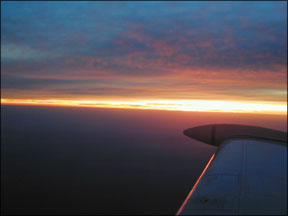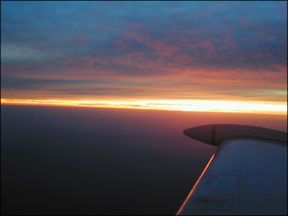Having begun my pilot training with more than a few gray hairs, I spent almost the same number of hours in my 172, trying to perfect the important-to-me skill of smooth landings. Michigans weather exposed me to continuous crosswinds, along with a generous sprinkling of snow and ice-covered runways along the way. My Midwest landing and takeoff experience was rounded out in the summer by

288
incorporating grass and short-field training from those with grayer (or less) hair.
As the years and hours accumulated in the fickle, “occasional” cloud-covered Michigan skies, the next confidence builder was to obtain an instrument rating. Hours spent in a simulator, along with hood time and, eventually, a few flights in actual following the glideslope to the runway added to my confidence that landings could be routine.
As a reliability engineer concerned with consumer products, a major concern was always which what-if scenario have we overlooked in our testing? If something can go wrong, someone will find out how. Well this what-if scenario did occur during one of my landings and there was a lesson learned.
Returning home near summer sunset, I turned final to Runway 28 at a rural, non-towered airport. A slight crosswind required a crab. After a normal descent and with the traditional landing picture in view, I descended the last few hundred feet when the what-if scenario met the law of unintended consequences.
Even with a sunshade and dark sunglasses, the entire windscreen suddenly was ablaze from the setting sun. Direct visibility of the fast-approaching runway was gone; remaining guidance was through the side window.
In hindsight, I should have attempted an instrument go-around. Fortunately for the pilot and the plane, the porpoising bounce occurred within the 100-foot width of the runway.
Lesson learned: Sunset landings, although beautiful, also can be blinding. They are best accomplished on an easterly heading.




